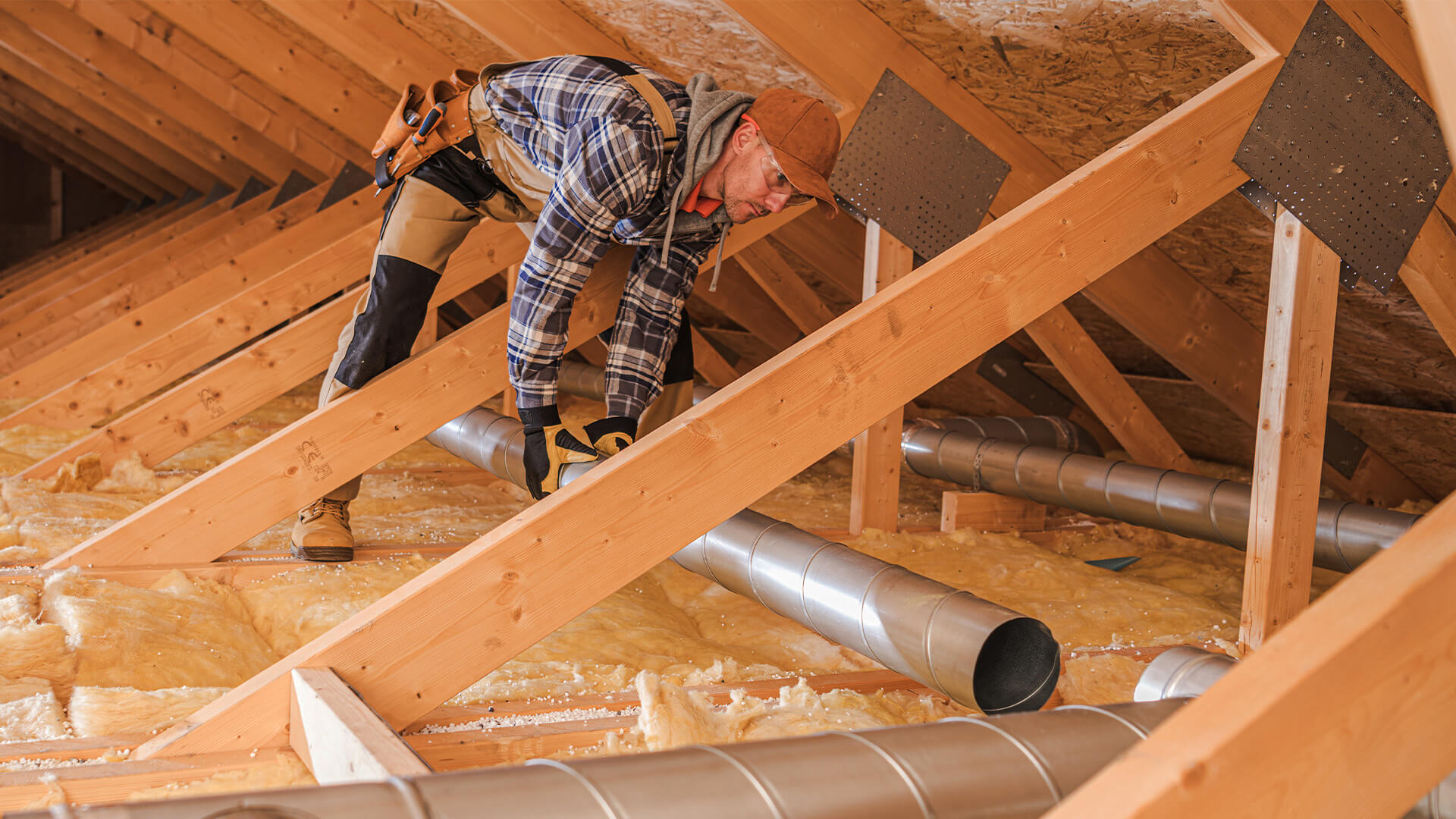An important part of any energy-efficient home is the ventilation system, so choosing the right strategy is critical. Ventilation affects residents’ health and wellness and the house’s energy usage. There are a few key considerations builders should keep in mind when selecting the right method in any climate or region.
Energy-Efficient Mechanical Ventilation
Ventilation can be either natural or mechanical. Natural ventilation is as simple as an open window. Mechanical ventilation has a handful of main forms, some of which are better than others.
Exhaust-only ventilation is the most basic and works by passively allowing air in and actively forcing it out through vents. This method is unsafe for humid climates and offers poor energy efficiency. Supply ventilation is the opposite – it actively pulls fresh air inside using fans. However, this can get expensive and is often inefficient.
Balanced ventilation offers better indoor air quality than exhaust-only and supply methods. Unfortunately, since it uses a double system of ducts and fans, they are more expensive to install and operate and tend to require more energy.
Energy Recovering Ventilation
The ideal mechanical ventilation strategy is energy recovery ventilation or ERV. It’s designed to minimise waste and actively reclaim energy. It uses an approach similar to balanced ventilation but adds a heat exchanger to utilise moisture efficiently.
In ERV, a heat exchanger transfers moisture from outdoor air to indoor air. This makes an ERV system highly effective at regulating indoor humidity throughout the year in any climate.It can move more moisture from outdoor air indoors in the winter months. It can remove it from indoor air and limit how much dampness is allowed inside during summer. ERV can recover up to 80% of exiting energy in the ventilation system, saving homeowners significantly on energy costs throughout the year.
Methods for Improving Energy Efficiency
The right ventilation system is only half of the equation when it comes to ventilating an energy-efficient home. Homeowners should be aware of methods to improve their houses’ overall energy efficiency and get the most for their money.
Prioritise Quality Insulation
Effective insulation in a well-designed building envelope is key for energy efficiency. Properly insulating a home and ensuring the envelope remains intact year after year maintains a baseline. Even the best ventilation system will operate poorly if the insulation is too weak or badly designed. Confirming that a home has the most energy-efficient insulation possible will lead to vase improvements.
Remember the Attic and Basement
One area to keep in mind is the attic. It’s easy to forget about, especially if it is unfinished or only used for storage. However, proper ventilation and insulation here are crucial for energy efficiency as well as indoor air quality. Experts have pointed out that excess heat and moisture can accumulate in unventilated attics, leaking heat and polluted humidity into the home.
Basements and cellars can have the same issues as attics. Heat buildup may not be as much of a problem since these spaces are underground, but moisture can still be cause for concern. Basements are exposed to groundwater that can be harmful if it isn’t being filtered out of indoor air.
Utilise Natural Ventilation
It may not be feasible all year or in all areas, but utilising clean natural air when possible will help reduce strain on the ventilation system and save money on energy. Homeowners can open the windows on clear days and give their mechanical ventilation system a break in regions where outdoor air quality is healthy.
In fact, fresh outdoor air has some notable health benefits, including improving brain activity, heart health and the immune system. When appropriate, utilising natural ventilation can help clear out stale air during the more temperate spring and fall seasons. When it’s not quite warm or cool enough to need heating or air conditioning, this method can help maintain good indoor air quality while saving energy.
Energy-Efficient, Clean Indoor Air
Energy-efficient homes save homeowners money over the life span of their house while also incorporating design elements that promote a healthier lifestyle. A quality ventilation system ensures clean, healthy indoor air all year without wasting energy. People who combine the right mechanical and natural ventilation with high-quality construction will ensure their residence is as efficient as possible.
By Evelyn Long, Editor-in-Chief of Renovated.































